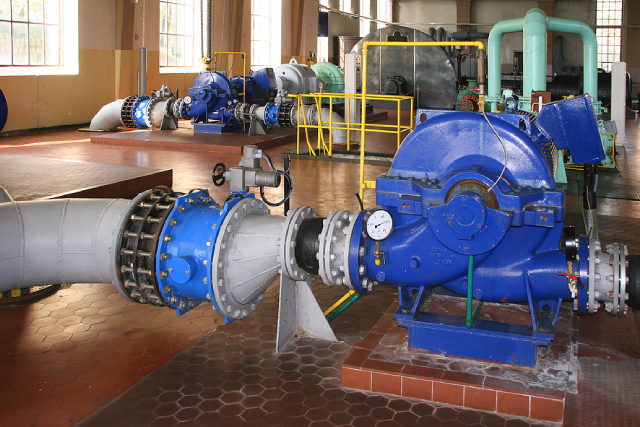A Guide To Minimising Pumping Costs For Water Facilities

Businesses in the water industry are heavily reliant on pumps. Pump systems make it possible to move enormous amount of water round the clock. However, water pumping also requires tremendous amount of energy. According to estimates, the wattage of an average water pump can vary between 250 watts to 1,500 watts. This is huge given the number of hours that a pump system usually runs per day.
Because water pumping demands a lot of energy, it is usually one of the largest contributors to the expenses of water facilities. In Singapore, water pump systems can account for more or less 15% of a typical facility’s energy costs. For this reason, water facilities have been constantly looking for ways to minimise their pumping costs through energy-saving measures. Below are some effective methods to reduce the energy consumptions and costs of pumping systems.
Choose the Most Cost-Effective Pump Type
Oversizing is common in designing pump systems. Oversizing means that both the pressure and flow parameters for the pump design can be about 25% more than the actual system operation. It usually happens because engineers account for a number of factors, such as actual operating conditions, component degradation over time, and pipe scaling, during the design phase.
However, what some engineers fail to consider is that the application of too much safety margin to a pump design can actually have the impact of increasing wear on components and reducing system life. Moreover, oversized pumps are also usually the least cost-effective pump type since they result in higher energy and maintenance costs. Hence, to minimise their energy consumption significantly, water facilities should always opt for right-sized pumps.
Implement Proper Control Valves and Variable Speed Drivers
Control valves are commonly used to control flow and pressure, while drivers are utilised for either fixed-speed or variable-speed operations. Implementing proper control valves and variable-speed drivers is one of the most effective ways for water facilities to reduce their energy costs.
Proper control valves help minimise energy losses over non-controlled systems with a fixed-speed pump and numerous locations with varying distances and elevations. Their main function is to throttle or bypass water flow. Throttling decreases the flow but increases the pressure. The excess pressure can be minimised by bypassing the excess flow back to a location.
A variable-speed driver, on the other hand, can be added to an existing pump system to adjust the pump’s rotational speed and enable it to achieve the desired head and flow needed for a process application. Oftentimes, incorporating variable-speed drivers as well as proper control valves leads to the highest energy efficiency with lowest life cycle costs in a water system.
Utilise High-Efficiency Motors
The operating costs of a pump can be greatly minimised if it utilises a high-efficiency motor. Because of the extended operating schedule of many pump systems, even a minor increase in efficiency can already yield significant energy savings in the long run. The higher the efficiency of a motor is, the lower its energy consumption costs.
To further maximise a pump motor’s performance and service life, there must be a proper balance and alignment of the impeller and the shaft. A sufficient voltage supply is also necessary since the efficiency and service life of a motor is adversely affected by phase imbalance and undervoltage.
Effectively Maintain Pumping Systems
This is one of the most important cost-saving measures that water facilities should be focusing on. Having an effective pump maintenance enables facilities to keep their pumps running efficiently. Through regular maintenance, deteriorations in capacity and efficiency, which usually occur before a pump fails, can be detected early on.
When left neglected, defects like wear ring and rotor erosion can lead high pump noise levels as well as costly problems that minimise the pump’s efficiency by 10% or more. Hence, to avoid expensive repairs and replacements, water facilities should carry out preventive and predictive maintenance measures on a regular basis. Preventive maintenance addresses the needs of the routine system, such as lubrication and periodic adjustments, while predictive maintenance conducts inspections and tests to detect deteriorating conditions.
Conclusion
There are several ways to minimise the energy costs of operating in Singapore water transfer pumps. These measures begin with selecting the right pump type, implementing the proper components, utilising high-performance motors, and conducting regular maintenance check. By adopting these energy-saving measures, water facilities can ensure the continued operation of their pumps in high efficiency without necessarily spending so much energy consumption. When in doubt, always consult a company that provides pump repair services in Singapore for peace of mind.

